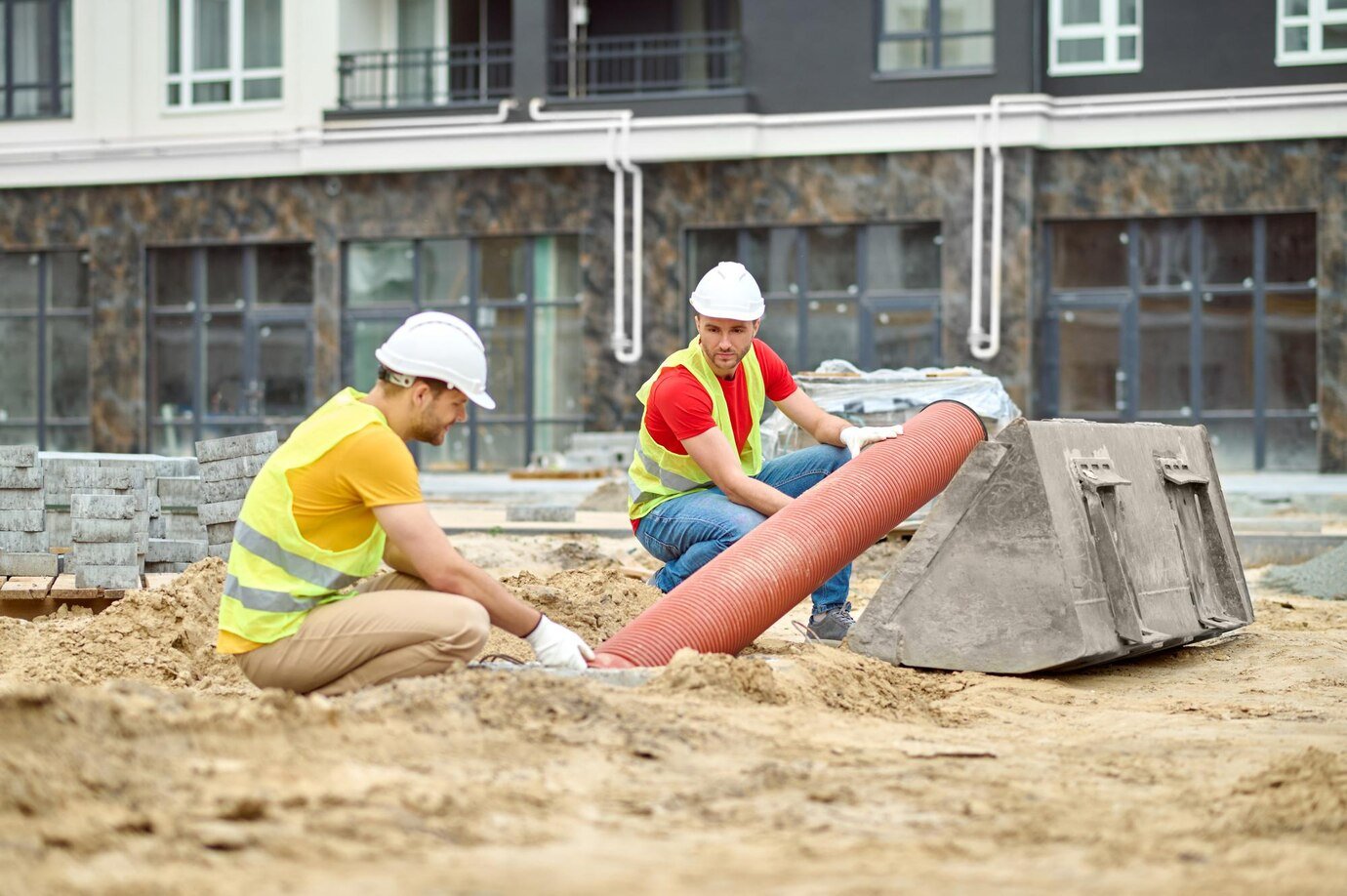Groundwork level 2
About this course
Here are 5 modules for a Groundwork Level in Construction training program, covering essential skills and knowledge for beginners:
Module 1: Introduction to Groundworks
Overview of Construction Groundworks
Definition and importance
Roles and responsibilities of groundwork teams
Site Preparation
Clearing and grubbing
Soil investigation and site surveys
Safety in Groundworks
PPE (Personal Protective Equipment)
Hazard identification (trenches, utilities, etc.)
Overview of Construction Groundworks
Definition and importance
Roles and responsibilities of groundwork teams
Site Preparation
Clearing and grubbing
Soil investigation and site surveys
Safety in Groundworks
PPE (Personal Protective Equipment)
Hazard identification (trenches, utilities, etc.)
Module 2: Setting Out and Excavation
Site Layout and Marking
Reading construction drawings
Using levels, pegs, and string lines
Excavation Techniques
Manual vs. mechanical excavation
Trenching and bulk excavation
Soil Types and Stability
Identifying soil conditions
Risks of collapse and prevention
Site Layout and Marking
Reading construction drawings
Using levels, pegs, and string lines
Excavation Techniques
Manual vs. mechanical excavation
Trenching and bulk excavation
Soil Types and Stability
Identifying soil conditions
Risks of collapse and prevention
Module 3: Drainage and Utilities Installation
Types of Drainage Systems
Surface water vs. foul water drainage
Pipes, gullies, and manholes
Laying Underground Utilities
Water, gas, and electrical conduits
Safe digging practices (avoiding strikes)
Testing and Backfilling
Pressure testing pipelines
Compaction methods
Types of Drainage Systems
Surface water vs. foul water drainage
Pipes, gullies, and manholes
Laying Underground Utilities
Water, gas, and electrical conduits
Safe digging practices (avoiding strikes)
Testing and Backfilling
Pressure testing pipelines
Compaction methods
Module 4: Foundations and Substructures
Types of Foundations
Strip, pad, raft, and piled foundations
Choosing the right foundation for soil conditions
Concrete Work in Groundworks
Mixing, pouring, and curing concrete
Reinforcement (steel mesh, rebar)
Waterproofing and Damp Proofing
Membranes and coatings
Importance for substructures
Types of Foundations
Strip, pad, raft, and piled foundations
Choosing the right foundation for soil conditions
Concrete Work in Groundworks
Mixing, pouring, and curing concrete
Reinforcement (steel mesh, rebar)
Waterproofing and Damp Proofing
Membranes and coatings
Importance for substructures
Module 5: Final Preparation for Construction
Compaction and Grading
Machinery (rollers, compactors)
Achieving desired levels and slopes
Site Handover
Quality checks and snagging
Documentation (as-built drawings)
Environmental Considerations
Erosion control and sediment management
Sustainable groundwork practices
Compaction and Grading
Machinery (rollers, compactors)
Achieving desired levels and slopes
Site Handover
Quality checks and snagging
Documentation (as-built drawings)
Environmental Considerations
Erosion control and sediment management
Sustainable groundwork practices
Each module can include practical exercises, case studies, and assessments (e.g., soil testing, setting out a trench) to reinforce learning. Let me know if you'd like adjustments or additional details!
Comments (0)
Setting out involves marking the location and levels of a building on the ground using a plan, while excavation is the process of removing soil and other materials to prepare the site for construction. It's a crucial step in construction to ensure accurate placement of foundations and other structural elements.
Drainage and utilities installation involves creating systems for managing water and other services underground. This includes drainage systems to collect and channel rainwater, as well as utility infrastructure like pipes for water, electricity, and gas.
Foundations are the supporting structures below a building that transfer loads from the structure to the soil. Substructures encompass the entire portion of a building below ground level, including foundations, basements, and retaining walls. They play a crucial role in ensuring the stability and longevity of a building by providing a solid base and preventing issues like water intrusion and unequal settlement.
Final preparations before construction involve a series of steps to ensure the site is ready for building. These include final inspections, logistics, and a thorough site assessment to guarantee compliance with regulations and safety standards.





